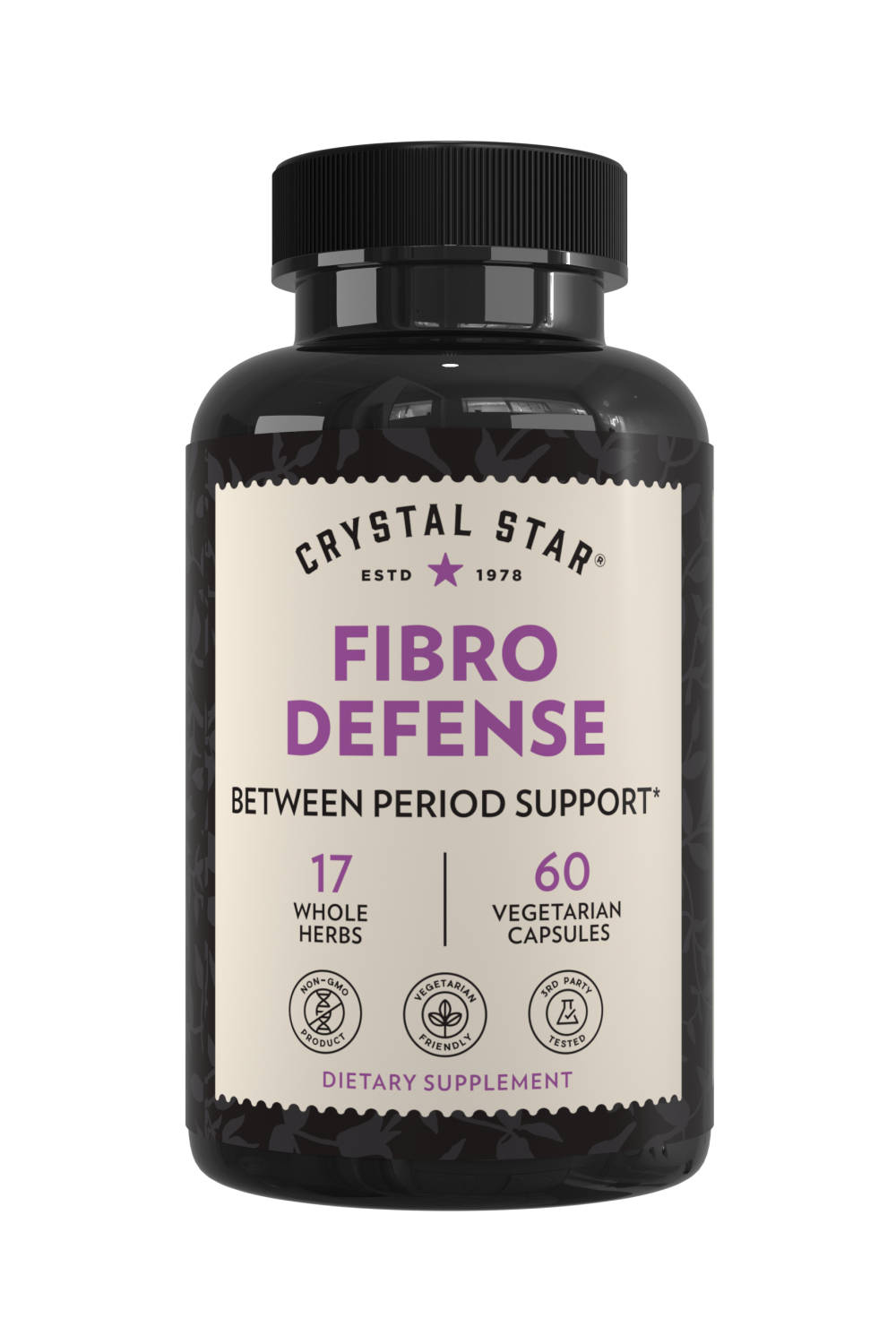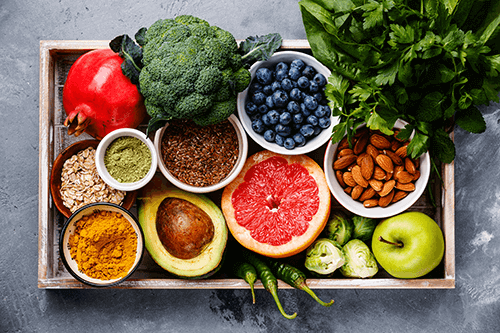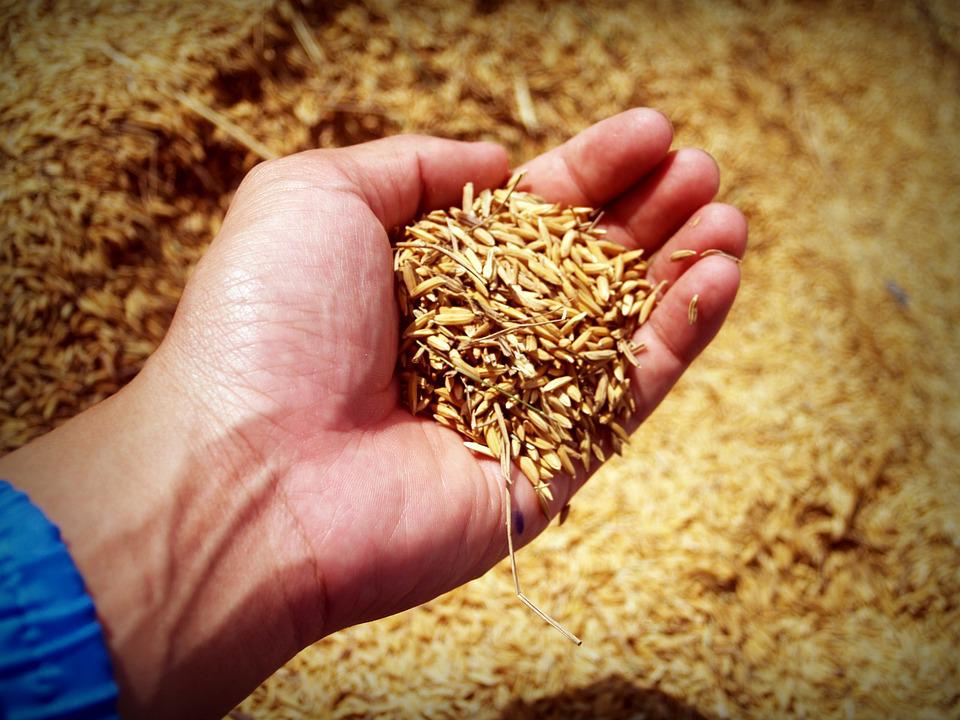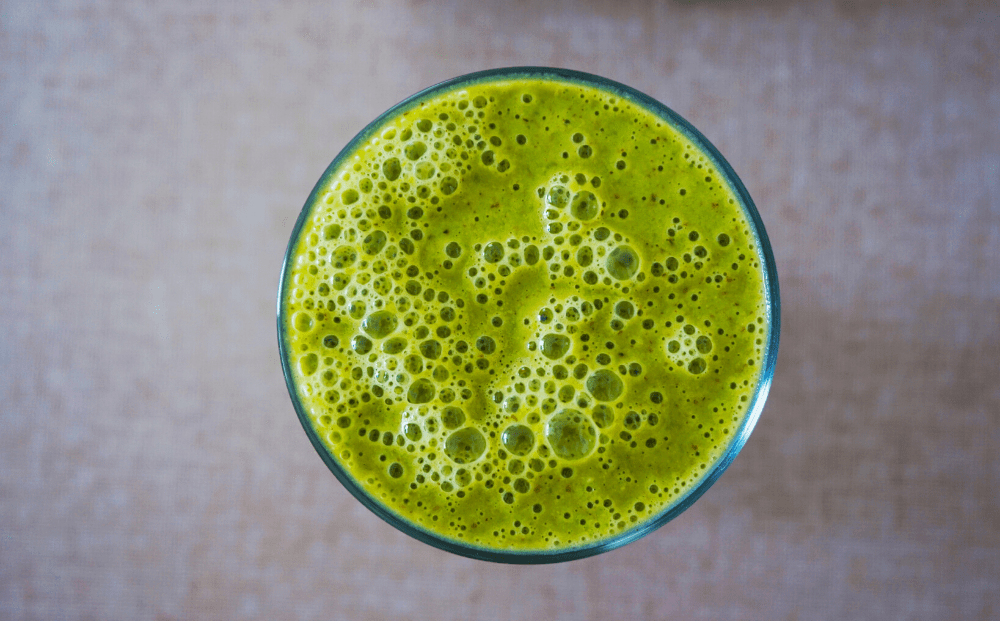
Concerned about the planet? Opt for a climate-friendly diet
Want to help save the world? The food you eat can make a big difference.
For a lot of us, grocery store runs used to be about two things: hunger and money. But with concerns about climate change growing every day, more people are reconsidering what they put on their plate.
Rightly so—food production accounts for a staggering 25% of all global emissions. That’s because food production releases greenhouse gases, alters ecosystems, and requires energy, transportation, and water resources. It can be hard to be mindful of these consequences when you’re biting into your grilled tuna sandwich, but they’re a serious hidden reality.
Experts have announced that the save-the-world clock is ticking. If we don’t take action, climate change will cause irreversible damage within just 11 years. Considering that the world’s population has surpassed 7-billion people, and the average person needs 2,000 calories per day, reexamining our food consumption habits is vital.
Fortunately, researchers have identified what foods are most damaging to our planet and can tell us how to minimize our environmental footprints by carefully curating our diets.
TO PROTECT EARTH, TRADE OUT MEAT FOR PLANTS
While historically the choice to cut out animal products was often driven by animal welfare concerns, today, climate change presents a compelling reason for going vegetarian or vegan.
We now have more than enough research to confirm that meat and dairy have the highest impact on environmental health. Livestock require far more land and water resources than plants, with cattle and dairy cows proving to be the most resource-intensive.
A report by the BBC revealed that one serving of beef is equal to 7.8kg of greenhouse gases. Cheese amounts to about .5kg of greenhouse gases/serving—not nearly as concerning as beef but still not the best rank as far as protein-rich foods go. A serving of beans is about 0.1kg. This means you would need to eat 78 servings of beans before you matched the environmental damage caused by a single steak.
So we know that a mostly-organic plant-based diet is more climate friendly than a diet that includes meat and dairy—but how can we incorporate this information into our everyday lives?
You can begin by simply reducing the amount of meat and dairy you consume. Since red meat is the most impactful, consider choosing poultry to replace it in some of your meals. You could also incorporate more vegetarian and vegan meals into your diet, or even consider fully adopting a meatless lifestyle.
A recent report stated that if everybody switched to a vegetarian or vegan diet, there would be a 70% reduction in CO2 emissions. That means 9.6 billion fewer tonnes of CO2 equivalent food-related emissions would be released annually.
If you do decide to go vegan, consider supplementing with B-12 since this is harder to get in a diet that omits all animal products.
That said, while choosing a plant-based diet is certainly a step in the right direction when it comes to footprint-reduction, it is not entirely fool-proof. Some plant foods are more sustainable than others.
SHOULD YOU AVOID PALM OIL?
If you’ve ever worked in a garden, you know firsthand that growing plants requires land, water, fertilizer, labor, and harvesting and processing procedures. As a result, some plants end up having a bigger environmental footprint than others.
One of the most concerning plant products is palm oil, which is commonly used to fry foods and as an ingredient in cosmetics and hygiene products. Palm oil can be modified to be used as an emulsifier or surfactant (substances that help blend oil and water) in personal care products. In fact, palm oil and its derivatives go by dozens of names, including sodium lauryl sulfate and most any ingredient with “palmitate” in the name.
Palm oil production happens primarily in Malaysia and Indonesia. The palm grows in “peatlands,” a type of wetland. To process palm oil, farmers usually have to drain the peatland.
This presents a huge threat to climate, and here’s why: peatlands are carbon “sinks.” When the sinks are drained, the CO2 they were holding is released back into the earth’s atmosphere. One acre of drained peatland emits as much CO2 as 2,400 gallons of burned gasoline. For scale, consider that on average a person uses only 500 gallons of gasoline in an entire year.
WHAT ABOUT COFFEE AND CHOCOLATE?
Soy, coffee, and chocolate present a similar problem. In order to grow them, farmers need to clear land, which often leads to deforestation.
But don’t panic—many organizations, including the World Wildlife Foundation are working to improve the sustainability of these crops. You do NOT have to kick coffee or chocolate (thank goodness!). You can do your part by choosing more sustainable GMO-free soy, coffee, and chocolate brands that commit to eco-friendly practices.
When designing your climate-friendly diet, check the ingredients of the foods you buy. Research the origin of your food, and consider choosing alternatives to products containing palm oil.
RECOGNIZE THE ECONOMIC POWER OF YOUR PLATE
Our personal choices fuel the demand that drives supply chains, which means that the food we eat really does affect the world we live in. If people collectively choose to eat meat and dairy less often, those industries will naturally respond by decreasing their supply—and therefore their environmental impact. By choosing to eat sustainable foods, we funnel more money to the people who are providing climate-friendly food options.
ADOPT THE KITCHEN COUNTER-CULTURE
Despite the urgent need for climate-friendly practices, diets that omit (or even limit) meat are frequently the butt of dinner-table jokes.
Maybe it’s because of the odd cultural link between meat-eating and a certain Marlboro Man masculinity (and the link between cowboy masculinity and, you know, entitlement and social dominance). Or maybe gleeful carnivores are secretly insecure about their lifestyle choices, or lack thereof.
The motive doesn’t really matter because:
-
Mocking someone’s food choices, be they for environmental, medical, or ethical reasons is not interesting or clever.
—and -
If ever there was a time when vegetarianism was heroic and cool, it’s now.
If you feel up to it, call out that eye-rolling, lazy vegan joke. Or mention why it is you choose to eat the way you do. Religious reasons? A childhood pet pig? An eye-opening climate-change documentary or investigative report?
It’s hard to open up when someone is attacking your beliefs, but being honest and vulnerable is sometimes the best way to shut down naysayers—mostly by making them uncomfortable with your earnestness, and sometimes by changing their mind with your facts.
A persistent myth is that a vegetarian or vegan diet cannot provide adequate protein. However, research shows that a plant-based diet is perfectly healthy for most individuals. In fact, a study published in the US National Library of Medicine found no difference in performance between athletes who ate meat and those who didn’t.
If someone has trouble believing that, simply smile and subtly flex while you enjoy your delicious and satisfying post-workout green smoothie.
IF YOU CAN’T QUIT MEAT
Don’t give up entirely if you think you can’t give up meat. Reducing the amount you eat can and will make a difference.
The University of Michigan recently found that meat-eating Americans are responsible for almost half of food-based greenhouse gas emissions, and beef consumption accounted for almost 75% of those emissions. But if you replaced your beef with chicken, you would cut your food-based carbon emissions in half.
If you eat meat every day, try introducing “meatless Mondays.” Once you’ve learned some fun vegetarian recipes from that, challenge yourself to prepare two vegetarian meals per week. Keep at it in this way and see if you can achieve “a hamburger and a half” per week, which has been declared a sustainable amount of meat for one person by the World Resources Institute. This brings your greenhouse gas emissions down from 54.6kg/week to 11.7kg/week.
Since you’ll be buying less meat, you can afford to start bringing home higher-quality cuts that comes from grass-fed and free-range cattle. The price per pound may give you sticker shock at first, but what you spend in cash you’ll save in greenhouse gas emissions.
Voluntary peer-pressure can be an effective habit-changer. Share your switch to a more plant-powered diet with your friends. Chances are they will be excited to join you, and you can have a lot of fun in the process.
BE SELECTIVE WITH SEAFOOD
Seafood is a complex and important topic with major consequences for the environment. One of the biggest issues with harvesting seafood is the side-effect of pollution. The further a boat has to go to catch seafood, the higher its environmental impact simply because of the gasoline it must burn to travel. Shipping seafood from coasts to far-off landlocked regions also takes a carbon-emissions toll. Keep in mind that the closer the source of seafood is to you, the smaller its footprint.
The type of seafood you buy makes a difference too. The carbon footprints of some farmed fish, like tilapia and catfish, are so high they are almost as damaging as beef. On the other hand, oyster and mussel farming can actually help combat climate change because these species promote kelp growth. Kelp takes in carbon dioxide and releases oxygen, which helps purify the ocean.
Another way to be more environmentally friendly when it comes to seafood is by changing up your choices. High demand for certain species like salmon and tuna results in overfishing, which can damage ecosystems. You can look into Sustainable Seafood Guide to learn more about climate-friendly seafood choices.
SHOP AT LOCAL MARKETS
The Environmental Protection Agency has stated that the burning of fossil fuels for transportation accounts for 29% of global greenhouse gas emissions.
Choosing local foods can promote a healthier climate by cutting back on those emissions. At the same time, shopping local (like at a farmer’s market or co-op) supports your local economy.
If you don’t have a local farmer’s market, you can still research local food options. You may have a local shop that sells locally sourced meat, a neighbor with chickens, or space in your backyard for a garden. The closer you can get to the source of your food, the less processing and transportation is required to get it to you.
HOW CAN YOU ACHIEVE A ZERO-WASTE HOME?
Going zero-waste is an increasingly popular way to support climate health. Zero-waste begins with noticing what you’re throwing in the garbage. What makes up most of your trash? For many people, food and its packaging are the biggest trashcan culprits.
While it may seem impossible to address this issue at first, there are many useful and easy strategies for making zero-waste living easy and rewarding. It starts with a few simple steps, such as bringing reusable bags to the store and making or purchasing smaller cotton bags for veggies and bulk items. Going to the store can become a fun game of “How little packaging can I go home with?”.
Composting is also an easy way to help support a healthy planet. When organics are thrown in the trash, they take up space. They have to be transported by truck to a landfill, which burns gasoline. Once they get to the landfill, they break down anaerobically, which means without oxygen. This causes them to produce methane, which is 21 times more harmful than CO2.
If organics are composted, they can be added to a garden, getting rid of the need for harmful fertilizers and helping the soil to retain water. If you have a yard, you can start a compost for your food scraps. Some cities have composting services that will come straight to your door to collect your food scraps.
Zero waste is also about finishing your meal and not letting food rot in the fridge or the pantry. A report by the United Nations revealed that 25% of food globally is thrown out. A zero or reduced-waste lifestyle challenges people to be more organized and aware of the food they already have.
Consider switching to an open pantry and storing your bulk-aisle-sourced foods in clear jars so you can easily see what you have. Choose what parts of your fridge are dedicated to what food groups and check each section daily to make sure you use your food before it goes bad. Challenge yourself to use up everything you have within its expiration—emergency dinner parties and freezable soups and stews are great ways to use up those on-the-verge vegetables.
Shopping in bulk and learning to make your favorite recipes from scratch can also save you money, and it’s easier than you might think—the internet is full of resources and inspiration for reducing waste.
EAT WELL, SUPPORT THE PLANET
Based on what you now know about eating a climate-friendly diet, how would you rank? Take a look in your fridge and pantry and notice what you eat throughout the week. How much cow dairy or beef are you eating? How often does your food spoil in the fridge?
Explore your local markets, learn recipes for plant-powered meals, and remember to bring your reusable bags with you when you go to the store.
The food we eat holds unique significance for each person. Food can quickly become a sensitive subject, especially if a way of eating is labeled as “bad” or inferior to another. It’s important to be tactful and open-minded when it comes to talking about nutritional choices. While you might be ready for a diet overhaul, friends, partners, and family might only feel ready for a slight tweak.
When sharing your ideas for a more climate-friendly diet, practice positive framing, such as “Getting protein from beans is a great way to slow climate change.” This comes off better than “Meat consumption is destroying the planet.” Positive framing gives others an opportunity to aspire to be a person who makes a difference rather than remain stuck and guilty about something they’re already doing.
It can also help to admit that changing your what you eat is challenging. You might say, “Adjusting to a more plant-based diet wasn’t easy, but I’m learning a lot of delicious recipes and am getting better at cooking!”
The reality is that climate-friendly diets will only work if we make a collective cultural shift toward them. If only a handful of people reduce their footprint, it isn’t enough to make a difference. You can be a leader in respectfully and tactfully promoting a responsible diet. Lead by example, support others, and celebrate every step taken toward eating well for a healthier planet.








